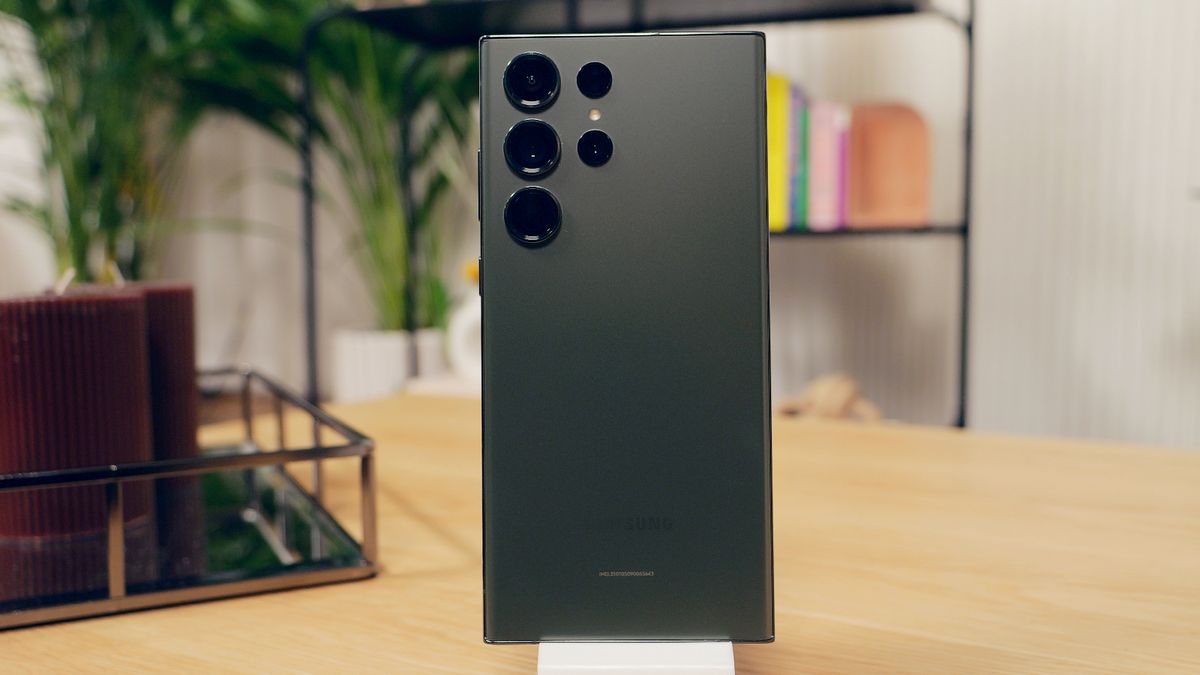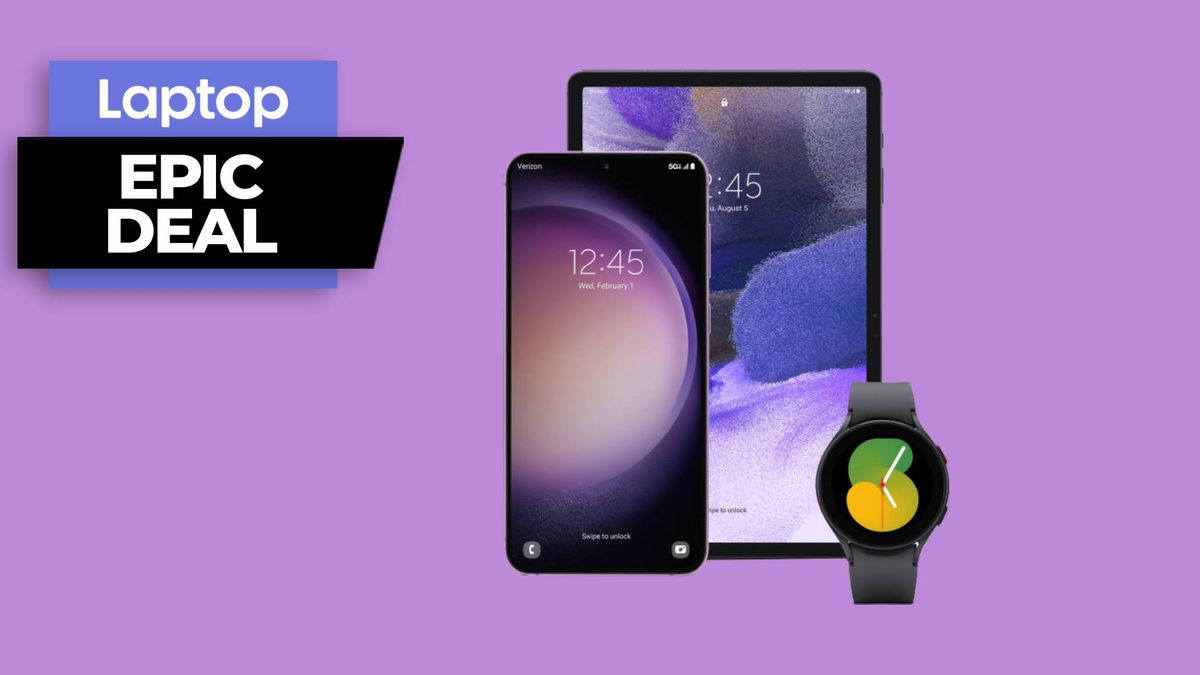The Galaxy S23 Ultra just arrived in our labs, but we’ve already gotten underway running our full battery of tests on the phone’s display, battery, and of course performance.
That last one has grabbed our attention already as after repeated trials, the Galaxy S23 Ultra has managed to wildly outperform the iPhone 14 Pro Max in GPU tests, a category the iPhone hasn’t ceded in years. Qualcomm wasn’t kidding when it boasted about the new Snapdragon 8 Gen 2 powering the Samsung flagship.
Samsung’s GPU dominance
| Samsung Galaxy S23 Ultra | iPhone 14 Pro Max | |
| 3DMark Wild Life Original Unlimited | 13,241 (79.3fps) | 8,652 (74fps) |
| 3DMark Wild Life Extreme Unlimited | 3,491 (20.9fps) | 2,792 (16.7fps) |
The tests we are looking at here are the 3DMark Wild Life Original and Extreme benchmarks which are designed to test the device’s ability to deliver high-end performance for short bursts, gaming is the typical use case we think of.
We were expecting a solid jump in the GPU performance for the Snapdragon 8 Gen 2, we just weren’t prepared for it to leapfrog the A16 Bionic entirely. The iPhone 14 Pro Max had a 19% advantage over the S22 Ultra in the Wild Life Extreme Unlimited test, while the S23 Ultra is now outperforming Apple’s flagship by 25%.
Apple still holds the CPU crown, but it’s slipping
| Samsung Galaxy S23 Ultra | iPhone 14 Pro Max | |
| Geekbench 5.4 (single-core) | 1,396 | 1,882 |
| Geekbench 5.4 (multicore) | 4,882 | 5,333 |
Unsurprisingly Samsung and Qualcomm didn’t work that same magic on the CPU performance side of things. Apple retains a decisive lead over the competition in this category, although the Snapdragon 8 Gen 2 did at least close the gap. Last year, the iPhone 13 Pro Max’s multicore score was 34% higher than the S22 Ultra, this year it’s a mere 9% separating them.
Outlook
We like to put the phone through its paces in the lab before we start our real-world testing, so we’ll start working with them soon to see what these numbers add up to when the phone is in your hands. In the short term, it should be noticeably snappier performance in general for the S23 Ultra in games, apps, and the UI compared to its predecessors.
As we see more flagships adopting the Snapdragon 8 Gen 2 this year it could open up greater possibilities for Android gaming. This category is already drawing more interest with devices like the Logitech G Cloud and the Razer Edge 5G making dedicated Android gaming handhelds a reality.
Arguably the most interesting thing to note here is that Apple can see the competition in its rearview mirror for the first time in years. Apple has enjoyed a decisive advantage with its CPU and GPU performance compared to Qualcomm’s flagship chipsets over the last several years, but Apple better bring its A game with the A17 in the iPhone 15 Ultra this fall, because it doesn’t have the breathing room it once did.







